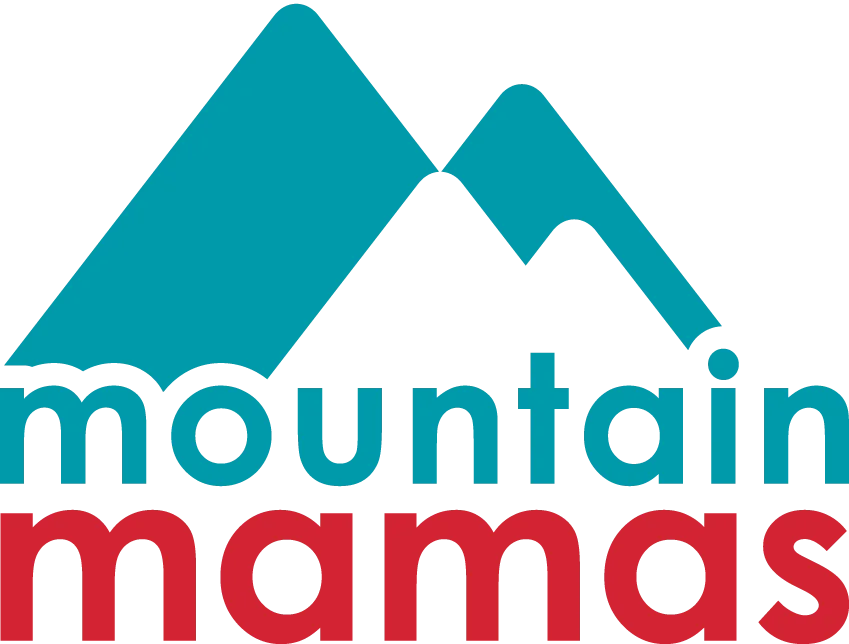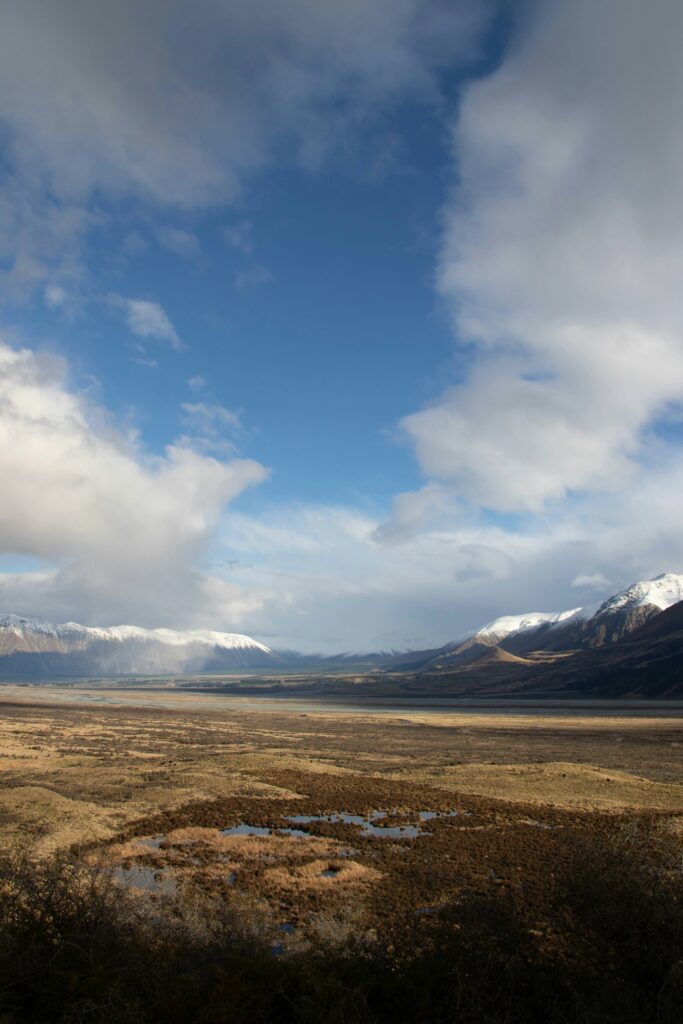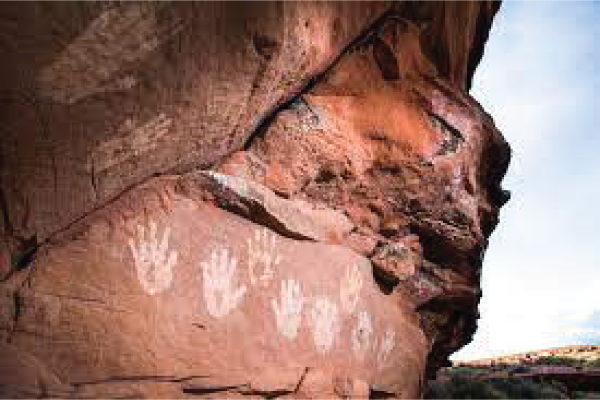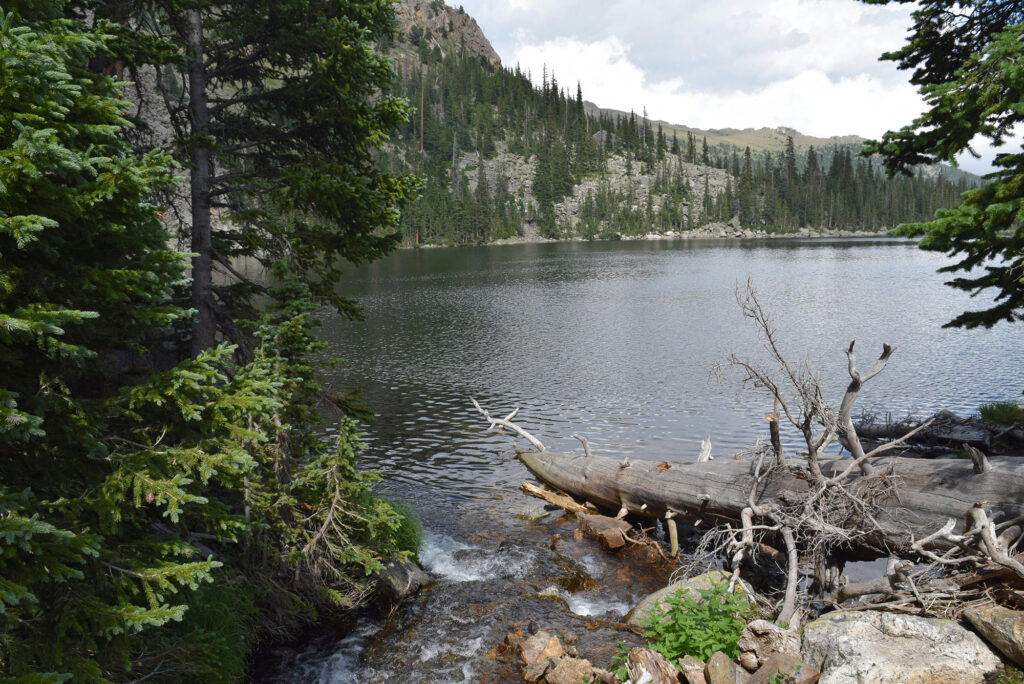Author: Erin Benedict
Each summer, my family packs up fishing poles, swimsuits and snacks and heads outside seeking adventure. Luckily, we don’t have to go far. We can spend a whole day at a creek, dipping nets in the water, turning over rocks to find bugs, splashing and exploring. Some days we head to a park down the street or, especially on these hot days, we may make it as far as the swimming pool.
This year marks the 60th anniversary of the Land Water Conservation Fund. Even if you have never heard of the LWCF, it’s likely you have enjoyed the benefits of LWCF.
LWCF was created decades ago as national parks and other outdoor areas began luring more people outside. At the time, it was clear that something should be done to protect our natural areas, water resources and cultural heritage, and provide new opportunities for recreation in our communities.
On Sept. 3, 1964, President Lyndon Johnson signed LWCF into law along with the Wilderness Act, which created our National Wilderness Preservation System. One of the first areas to receive protection as a wilderness area is our very own Bob Marshall Wilderness.
At the time it was imagined, dollars from the sale of surplus federal property, park entrance and permit fees and a motorboat fuel tax were used to fund the LWCF. Today, LWCF is funded by revenue from offshore oil and gas leases.
Here in Montana, LWCF funds have been used over the years to maintain and create spaces that make this home, not just for humans but also for the land’s other residents. Almost $10 million from LWCF was used to add 3,400 acres in the Taylor Fork drainage to the Gallatin National Forest, helping to protect elk, moose and grizzly bear habitat.
While larger multi-million dollar projects often grab headlines, it’s the smaller projects that can really impact our communities. Matching grant funds go directly to community-led projects that people want in their neighborhoods. LWCF-funded projects dot the landscape from Sidney to Thompson Falls, Shelby to Libby. As you read this, progress is being made in Columbia Falls to create a skatepark.
While taxpayer money isn’t used to fund LWCF, keeping funding at its current level hasn’t always been a smooth road. Each year, groups like Mountain Mamas fight for funding to stay at the current level. If we do not use these funds, it’s easier for the argument to be made that they should go elsewhere.
If you have been thinking about a project in your community — new playground equipment, a ballfield, a walking trail, updates to an existing place to make it more accessible — and you need dollars to do it, check out the LWCF matching grants. In Montana, these are administered by Fish, Wildlife and Parks. You can find the information on the FWP website.
The best way we can celebrate the 60th anniversary of LWCF is by heading outside and enjoying one of the many places that LWCF has helped create. Another way is by getting involved in our communities and applying for LWCF funds to advance more projects, showing that we need these outdoor spaces and utilizing the LWCF funds that have been promised for just this purpose.
I hope you can get outside this summer and celebrate these places that make Montana home.
Erin Benedict is Montana State Director of Mountain Mamas. She lives in Helena with her family.



